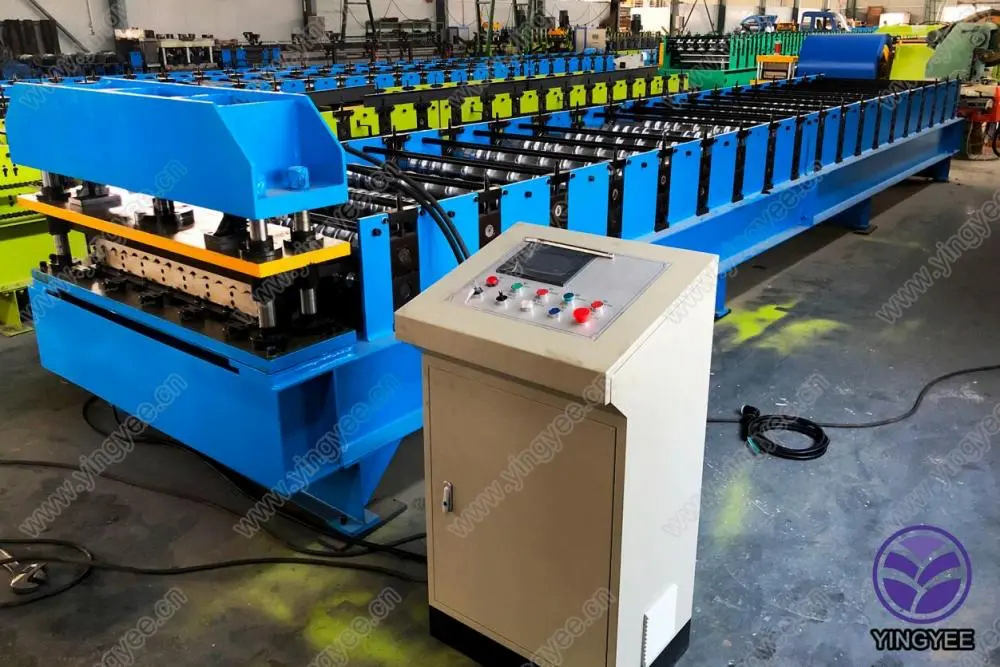
The Role of Purlins in Solar Panel Construction
As the world gravitates towards renewable energy solutions, solar power stands out as a clean, abundant source of energy. Solar panels, essential components of solar energy systems, require robust and efficient structures for optimal performance. Among these structural elements, purlins play a crucial role in the construction and installation of solar panel frameworks. This article will delve into the importance of purlins, their types, functions, and best practices in the context of solar panel construction.
Understanding Purlins
Purlins are horizontal structural members used in construction to support the roof loads and facilitate the installation of roofing or wall panels. They are typically made from steel, aluminum, or other durable materials, chosen for their strength and resistance to environmental conditions. In solar panel installations, purlins serve as a support system for mounting solar panels on rooftops or ground-mounted structures, providing a secure and stable base.
Types of Purlins Used in Solar Panel Installation
Several types of purlins can be used in solar panel construction, including
1. C-Purlins These are the most common type of purlins used in solar installations. They have a 'C' shape and are regularly spaced to distribute the load evenly across the structure. Their design allows for good strength-to-weight ratios and efficient use of materials.
2. Z-Purlins As the name suggests, Z-purlins have a 'Z' shape and are often used in situations where high strength is required. They can provide superior support for heavy loads and are frequently used in commercial solar panel installations.
3. Lipped Purlins These have a flange that is turned upward at the edges, adding extra strength and reducing the risk of deformation under load. Lipped purlins are often used in buildings with heavier roofing materials or in challenging weather conditions.
Functions of Purlins in Solar Panel Structures
Purlins serve several essential functions in solar panel construction
1. Support Purlins provide the necessary support for solar panels, ensuring they remain securely attached to the structure. The horizontal alignment of purlins aids in the distribution of weight, preventing sagging and potential damage to the panels.

2. Alignment Proper alignment is crucial for optimal energy production from solar panels. Purlins help maintain the correct positioning of the panels, ensuring that they are angled appropriately to capture sunlight efficiently.
3. Wind Resistance Solar panel installations, particularly those on rooftops, can be subjected to significant wind loads. Purlins enhance the structure's strength, allowing it to withstand high winds and reducing the risk of panel displacement or damage.
4. Facilitate Maintenance An effective purlin system allows for easier access to solar panels during maintenance or cleaning procedures. This is essential for ensuring that the panels operate at peak efficiency.
Best Practices for Purlin Installation
To maximize the benefits of purlins in solar panel construction, certain best practices should be adhered to
1. Material Selection Choose high-quality materials that resist corrosion and environmental degradation. Galvanized steel and aluminum are excellent choices due to their durability and longevity.
2. Proper Spacing Consult engineering guidelines to determine the ideal spacing between purlins. This spacing should be tailored to the specific load requirements and local wind conditions.
3. Secure Fastening Ensure that purlins are securely fastened to the supporting structure. Use appropriate fasteners that can withstand environmental stresses, including UV radiation and moisture.
4. Regular Inspections Conduct regular checks on the integrity of the purlin system. This includes assessing for signs of wear, rust, or structural failure, which could compromise the entire solar installation.
Conclusion
Purlins are vital to the successful and efficient construction of solar panel systems. By providing essential support, ensuring proper alignment, and enhancing wind resistance, purlins help optimize the performance and longevity of solar energy installations. When designed and installed correctly, purlins contribute significantly to the overall reliability and efficiency of solar power systems, playing a crucial role in the ongoing transition towards renewable energy sources. As the demand for clean energy continues to grow, understanding the importance of purlins in solar panel construction becomes increasingly relevant for homeowners, builders, and investors alike.